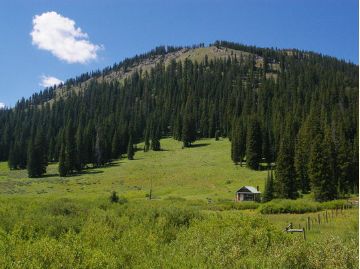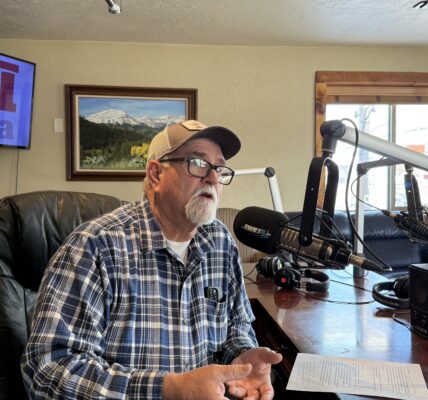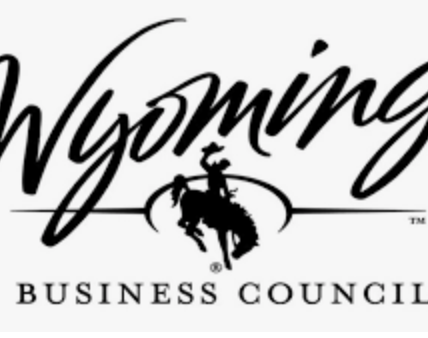Bridger-Teton National Forest announces decisions for Porcupine Creek Vegetation Treatment Project and Kemmerer Ranger District Roadside Treatments

A decision notice with a finding of no significant effect has been signed for the Porcupine Creek Vegetation Treatment Project and Kemmerer Ranger District Roadside Treatments on the Kemmerer Ranger District of the Bridger-Teton National Forest. Both decisions are intended to support and carry out the “2024 Letter of Intent for Wildland Fires” and the U.S. Forest Service’s “Wildfire Crisis Strategy” by achieving landscape restoration goals.
The Porcupine Creek Vegetation Treatment Project is designed to reduce overstory of conifers and fuel loading, promote aspen growth, improve wildlife habitat, and allow fire back into the ecosystem. The project includes three treatment units totaling 1,391 acres. The exclusion of wildfire through the western landscape has increased conifer, reducing aspen stands. Mule deer and moose critical winter range are near the project area, and forest management activities can enhance migratory routes to these winter ranges. Prescribed fuel treatments can benefit wildlife by reducing conifer overstory within these aspen ecosystems, increasing perennial vegetation growth, resulting in more forbs for grazing. The perpetuation of aspen benefits wildlife and many other environmental functions, providing a rich biodiversity of plants, birds, and wildlife. To learn more about the project, visit https://www.fs.usda.gov/
The Kemmerer Ranger District Roadside Treatments (KRT) supports fire management that is economically efficient, responsive to land management objectives, and provides for public and firefighter safety. Activities may include, in appropriate locations, mowing or masticating; thinning by manual and mechanical cutting; piling, yarding, and removal of slash or hazardous fuels; selling of vegetation products, including timber, firewood, biomass, slash, and fenceposts; targeted grazing; application of pesticide, biopesticide or herbicide; seeding of native species; controlled burns and broadcast burning; and burning of piles. These treatments will increase the response options to potential wildfires. Fire plays a natural role in the ecosystem and can serve as a land management tool, but without pre-work and planning, managers are often left with less risk-informed options. The KRT is located along Forest Service roads 10062, 10069, 10138, 10171, 10172, 10193, and Highway 89, within the Kemmerer Ranger District of the Bridger-Teton National Forest. The treatment units identified within the KRT total 1,029 acres. To learn more about the roadside treatments, please visit https://www.fs.usda.gov/
For other news, events and information, visit https://www.fs.usda.gov/btnf and follow the Bridger-Teton National Forest on Facebook and X (formerly Twitter) @BridgerTetonNF.




